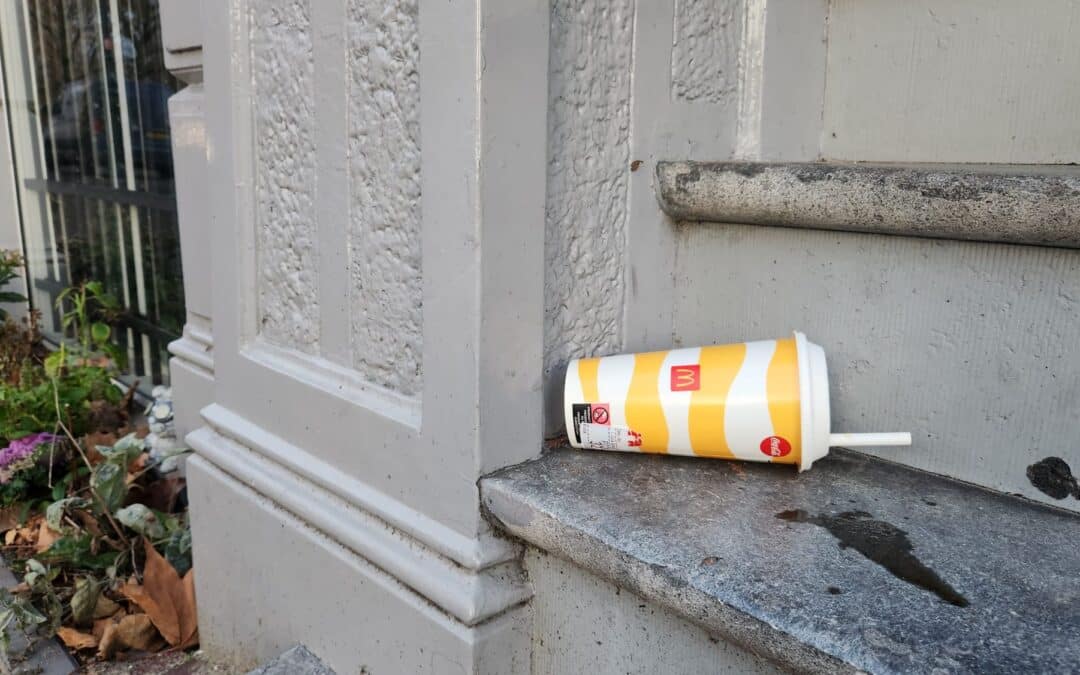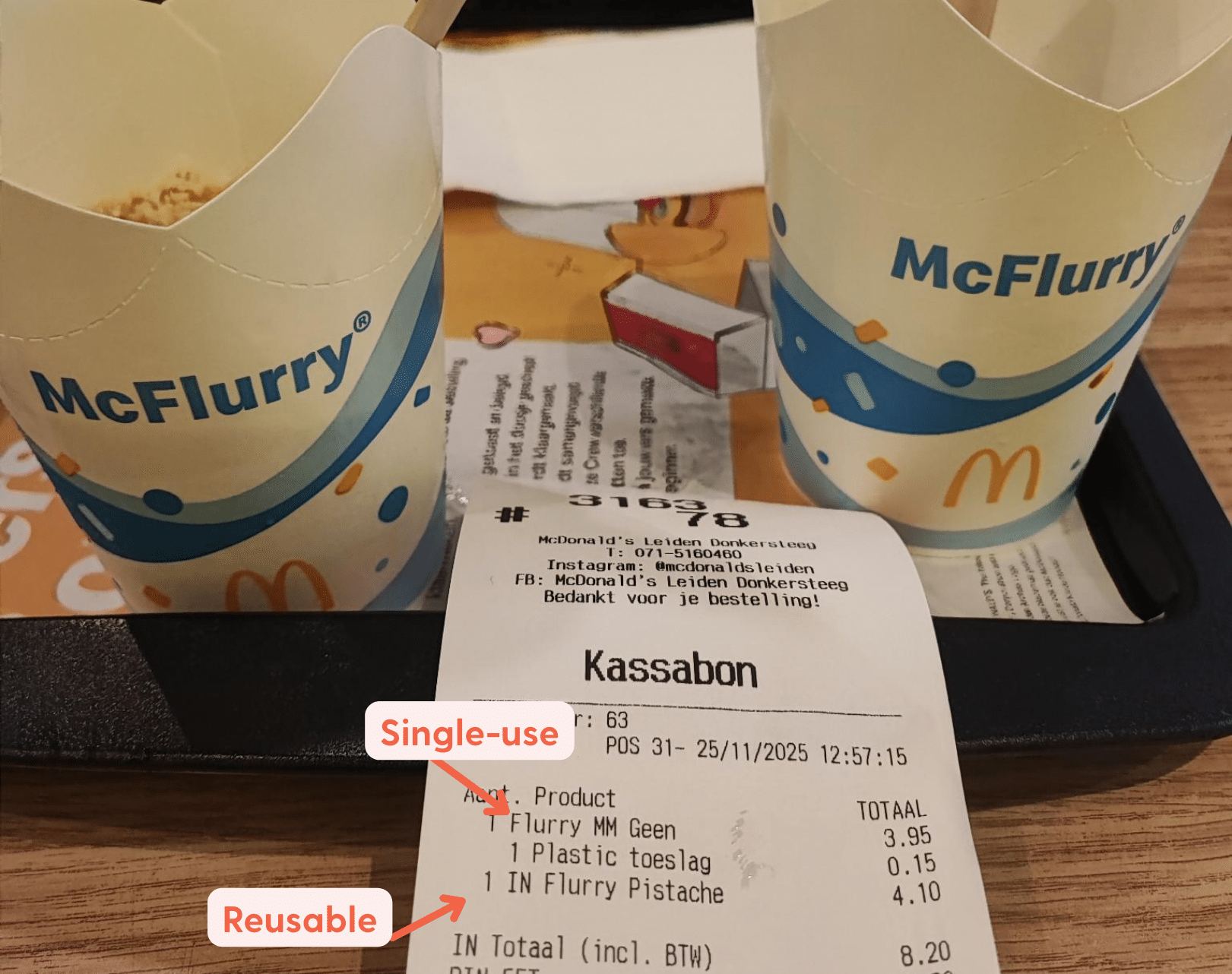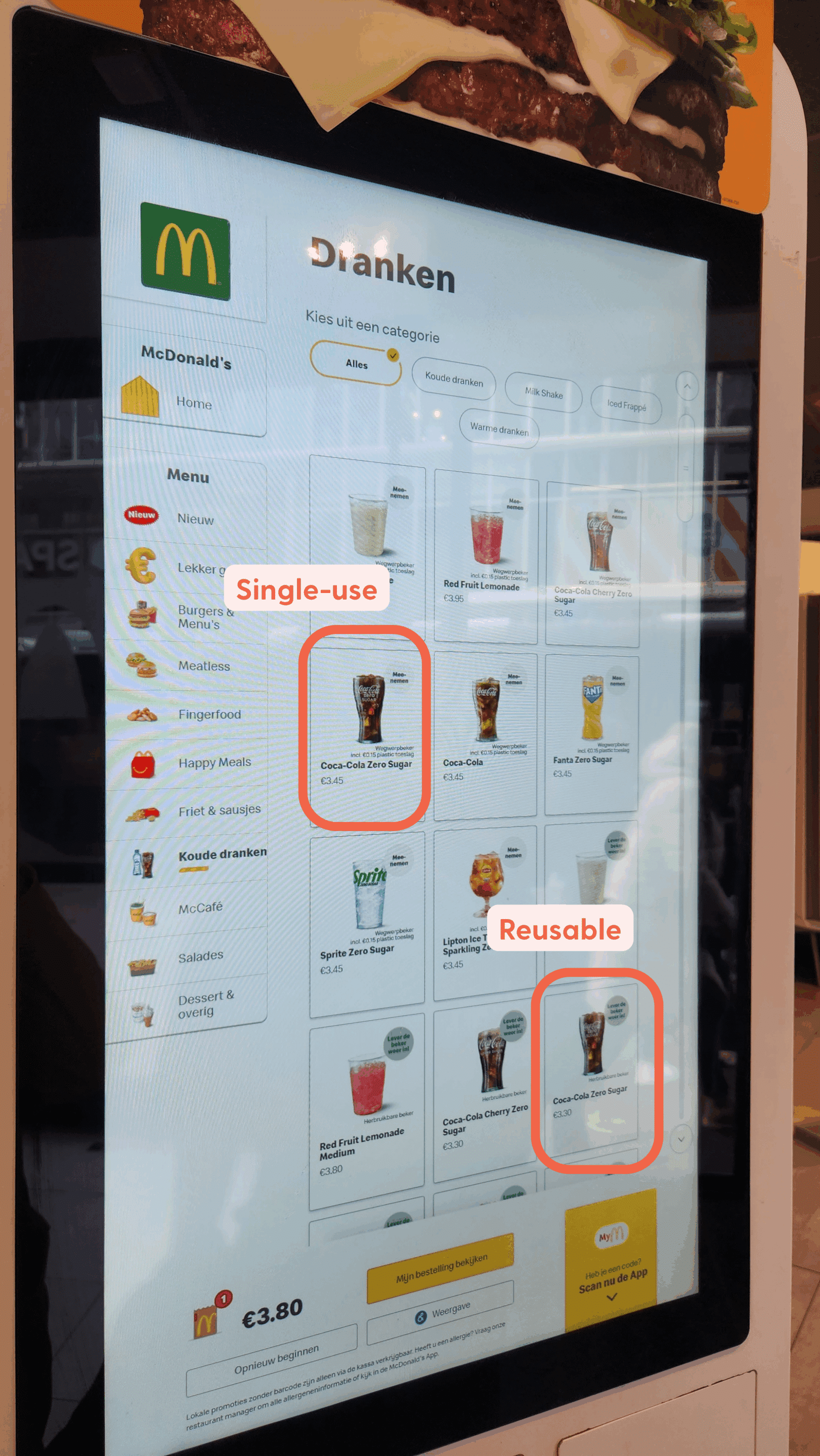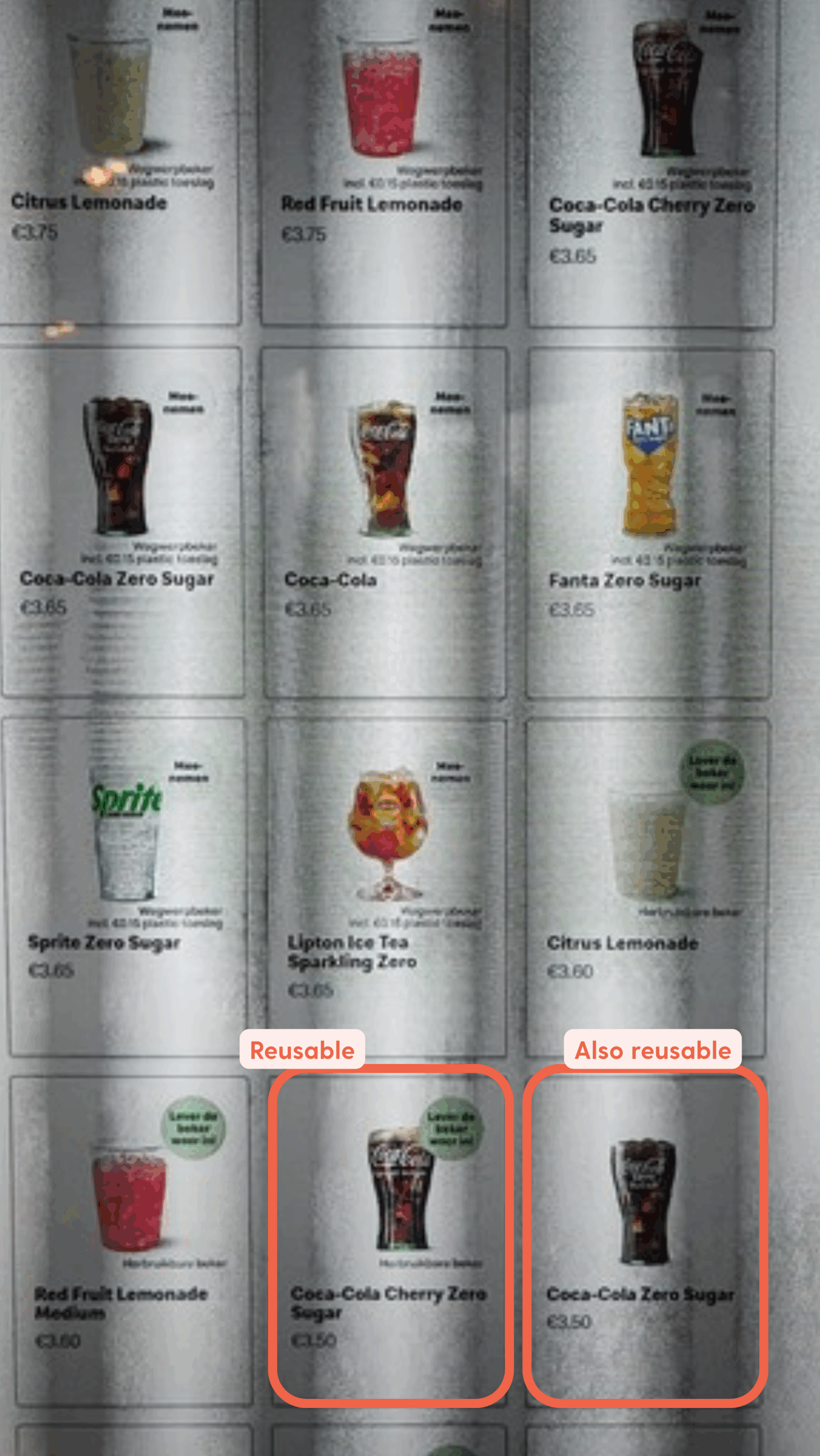For two years now, all hospitality establishments in the Netherlands have been required to serve food and drinks for on-site consumption in reusable packaging. However, since the summer of 2024, McDonald’s Netherlands has been violating the law by offering single-use cardboard cups with plastic coating in its restaurants. As a result, the country’s largest fast-food chain is not only non-compliant and wasting resources, but is even making customers pay extra by charging a fee for these single-use cups.
McDonald’s makes extra money from customers while breaking the law
All cafés, restaurants, and hotels serving food and drinks for on-site consumption must provide these in reusable packaging[1]. This law has been in force in the Netherlands since January 2024, as part of the implementation of European regulations. The aim is to reduce the use of single-use packaging containing plastic. Since August 2024, McDonald’s has been violating this law[2] by reintroducing single-use paper cups with plastic coating for on-site consumption (for beverages and McFlurries). In addition, the restaurants charge customers €0.15 per single-use cup, even though this ‘SUP surcharge’ may only be applied to take-away packaging. The largest fast-food chain in the Netherlands (with over 260 restaurants) is therefore not complying with the rules and is also making extra money on the back of its customers by creating a revenue model around prohibited single-use packaging.
Is market leader McDonald’s allowed to ignore the rules and even profit from it? Competitors—both large chains and small businesses—who do follow the law and contribute to a real circular packaging system suffer from an uneven playing field. This is why Fair Resource Foundation submitted an enforcement request to the Dutch authorities on November 26.
McDonald’s makes reuse fail. Again.

In its Dutch Impact report 2024–2025 (p. 15), published in October 2025, the chain writes that it “believes not only in exclusively reusable packaging, but in a mix of solutions”.
This sounds nuanced, but behind the scenes, McDonald’s actively lobbies against reusable packaging. In the European Union, it does so through the widely criticized No Silver Bullet campaign, and in the Netherlands through conversations with, among others, former State Secretary Chris Jansen, Special Government Representative for the Circular Economy Steven van Eijck, and various members of parliament. The chain also influences public opinion by portraying reuse as “bad for the environment” in interviews and (sponsored) articles in national and international media (2023, 2024, 2025). But perhaps even more importantly: McDonald’s Netherlands is deliberately letting its own reuse system fail.
The impact report states that their reusable cups are reused only 3.3 times on average in Dutch restaurants. This number is far lower than in well-designed, effective reuse systems. Their French colleagues show it can be done better, with an average of 33.9 uses for on-site consumption.
The fact that reuse in Dutch McDonald’s restaurants isn’t surprising:
- Unclear ordering process
- For dine-in you can choose a single-use cup (which is forbidden) – next to the reusable cups, labeled as “take-away” (photo 4);
- The first options presented on self-service kiosks are single-use cups;
- No deposit is charged on reusable dine-in cups, so customers who want to finish their drink later walk outside with them and do not return them (photo 1);
- Some of the reusable cups for dine-in do not have any information in the ordering process, so it is not clear what kind of cup your order will be served in (and what to do with it). For example, Coca Cola Regular says ‘reusable cup’, but Coca Cola Zero has no information (even though it is also served in a reusable cup) (photo 5);
- Reusable and single-use cups look very similar (photo 1), even though their return processes differ;
- Single-use: thrown in the bin;
- Reusable for dine-in: returned to the collection station;
- Reusable for take-away: returned to the counter to receive a refund;
- Branded cups that can be seen as collector’s items (photo 1);
- Identical paper single-use lids on all cups (single-use and reusable) (photo 2);
- No incentive, such as a deposit, to return reusable packaging for on-site consumption (photo 1 – see also research of the Zwerfinator);
- No communication in the restaurants about the benefits of reuse: little to no effort is made to encourage customers to choose the reusable option;
- For McFlurry, when ordering them both single-use and reusable packaging, we only got served in single-use packaging (photo 3)
- Regarding reusable takeaway packaging: it is unclear where and how consumers can return their packaging, for example whether they can get their deposit back and whether they have to queue up again with other customers to do so (photo 6).
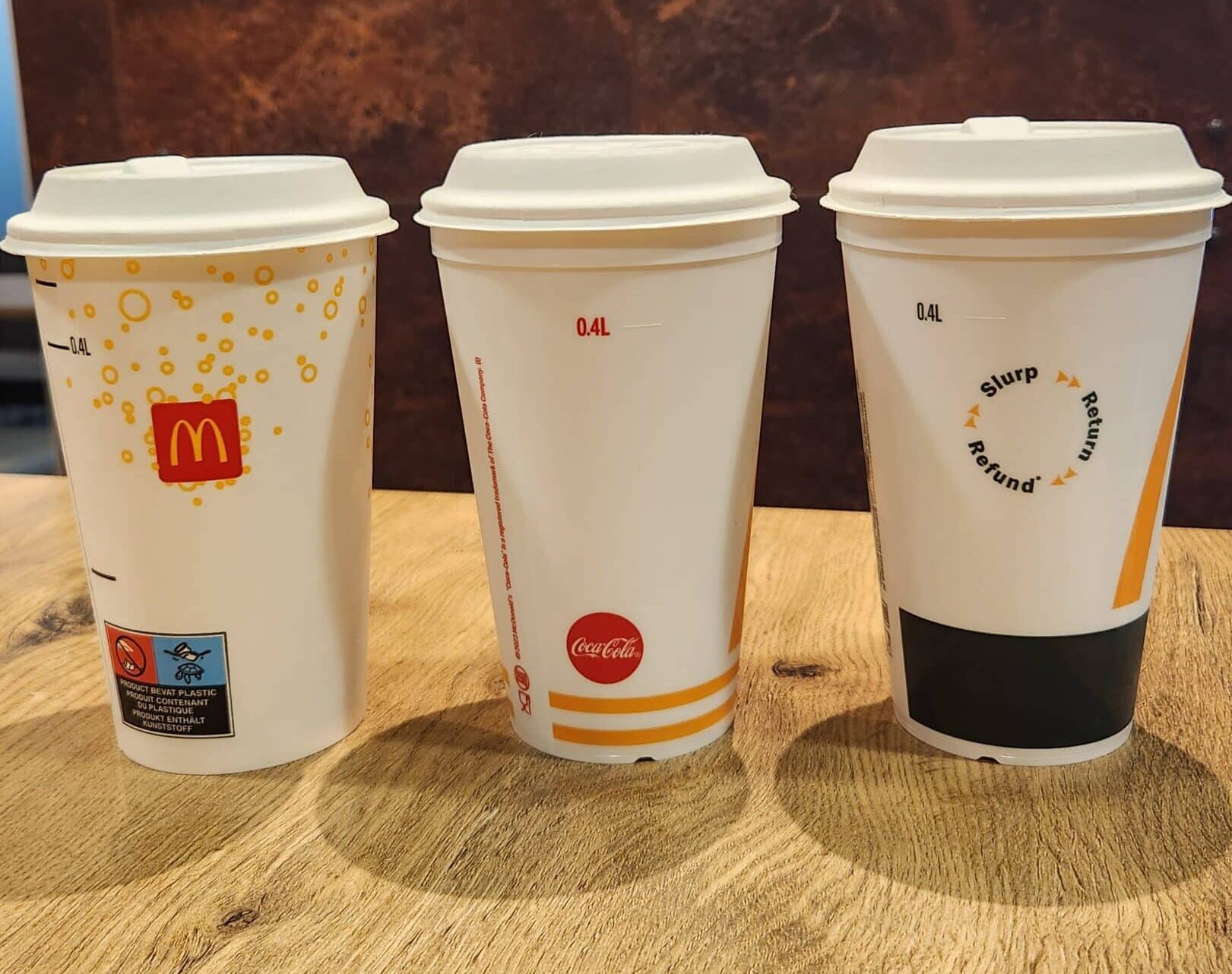
Photo 1 – Medium-sized cups. From left to right: single-use in-restaurant, reusable for dine-in, reusable for take-away
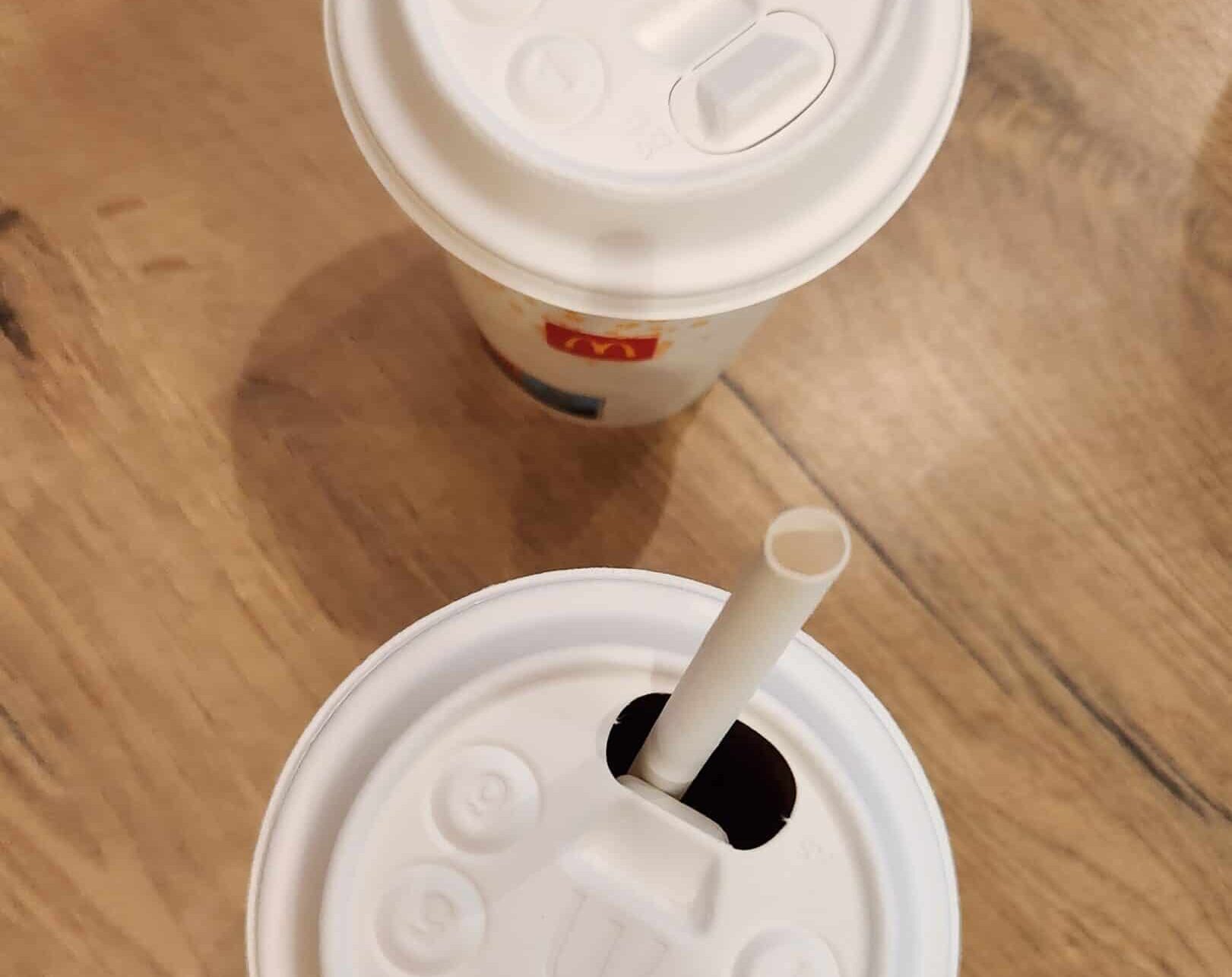
Photo 2 – Paper single-use lid on both the single-use (top) and reusable (bottom) packaging for on-site consumption
Photo 4 – Ordering process dine-in: each drink shown twice, first in single-use packaging and second in reusable packaging)

Photo 6 – Communication about reusable take-away packaging
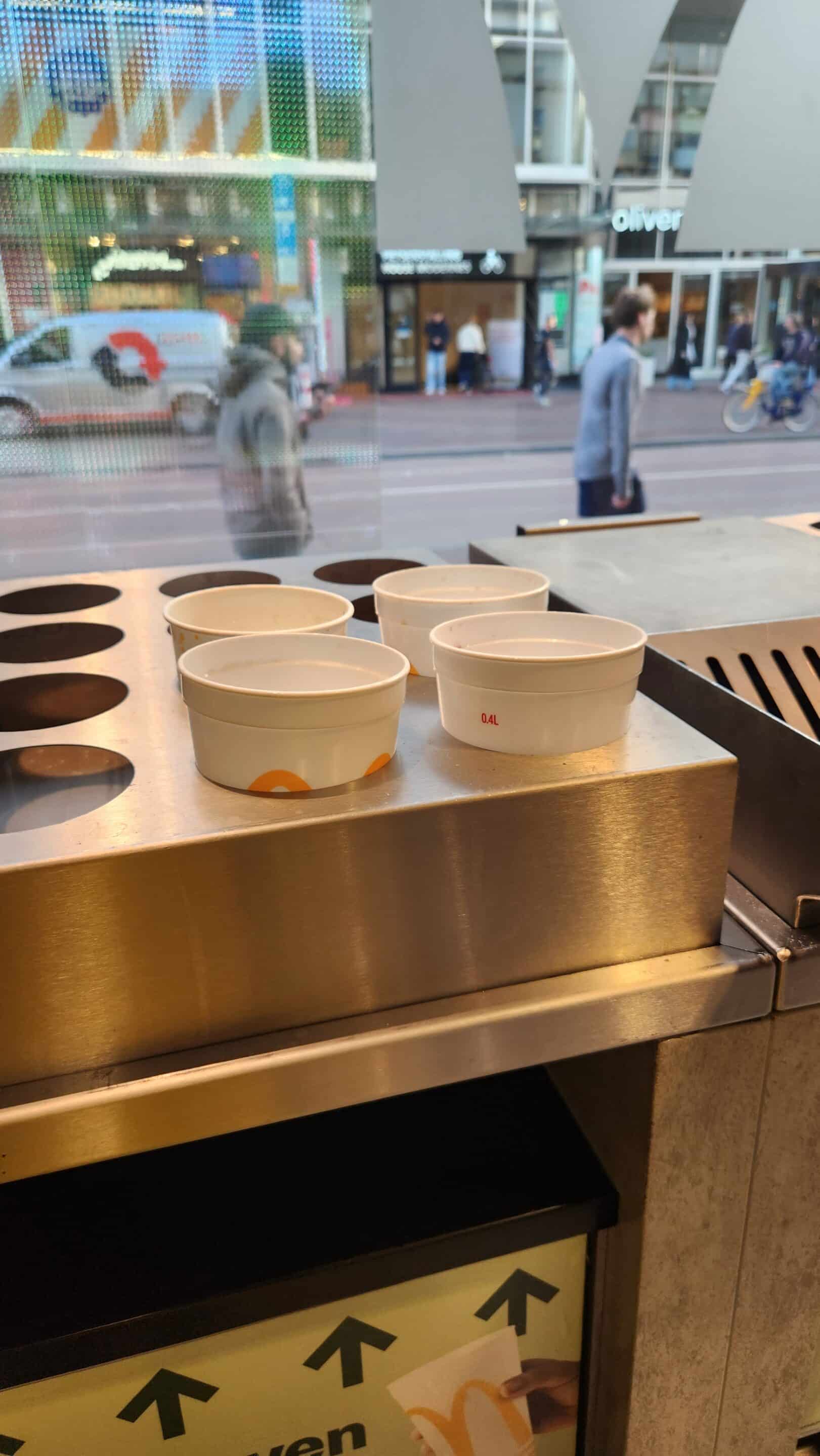
Photo 7 – Return station for reusable cups with space to empty liquids
All of these elements do not align with the Reuse Roadmap developed by Mission Reuse on behalf of the Ministry of Infrastructure and Water Management. Although certain aspects of the system are well-designed by McDonald’s (quick deposit refunds at the counter and reasonably clear return stations), it is not enough to achieve desired return rates. Nevertheless, McDonald’s actively communicates that reuse does not work. But a poorly designed system cannot be used to assess the environmental and economic performance of reuse.
Incorrect assumptions and unfounded claims: the truth about paper single-use packaging

Meanwhile, McDonald’s continues to mislead consumers about how “green” their paper packaging supposedly is compared to reusable alternatives. Replacing single-use plastic – or reusable – with single-use paper (with plastic coating) ignores the enormous problems arising from increasing demand for paper. Three billion trees are cut down annually, forests in Estonia and Finland have become net CO₂ emitters, and forest fires and biodiversity loss are increasing (Environmental Paper Network).
And that does not even include transport, energy, and water use: more and more studies show that the endless cycle of resource extraction, production, use, and disposal of single-use packaging has a greater environmental impact than reuse in well-designed systems (Rethink Plastic Alliance, 2021; Eunomia, 2023).
Breaking the rules and undermining the reuse industry
For a year and a half now, McDonald’s Netherlands has been going against the law by selling drinks for on-site consumption in single-use packaging containing plastic. The fast-food giant – larger than KFC and Burger King combined (the latter proves reuse can work through consumer-friendly systems)—is therefore not complying with Dutch rules on single-use cups. For this reason, Fair Resource Foundation has submitted an enforcement request to the Dutch authorities (ILT).
In addition, by deliberately designing a poor reuse system and then blaming the concept of reuse itself, the chain threatens the rise of the Dutch circular industry. McDonald’s is undermining forward-thinking, innovative Dutch reuse companies working toward a cleaner world with lower costs for society.
Reuse is the future, and the future is now
The Dutch government has not set reuse as a standard without reason: it wants 40% fewer single-use plastic cups and containers by 2026 and an end to litter. This can only be achieved by eliminating packaging altogether or by introducing reuse systems. McDonald’s itself calls for “an approach based on real-world data on the actual environmental impact of reusable packaging” (Impact report 2024–2025, p. 15).
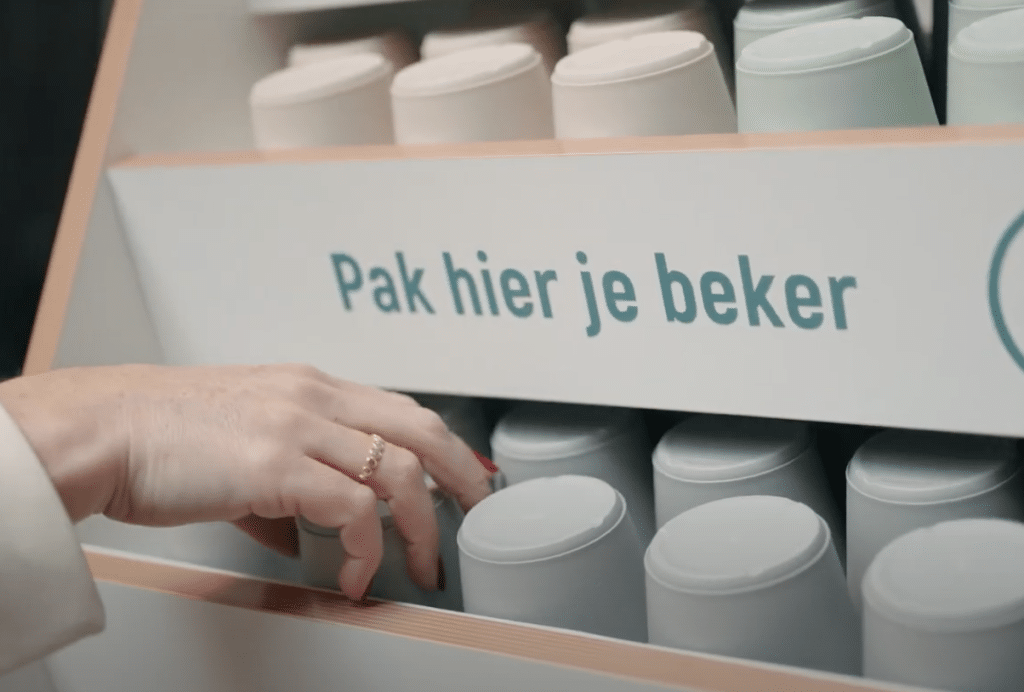
The resultats are clear: optimized reuse systems outperform single-use packaging in both environmental impact and cost-efficiency. Mandatory reuse is therefore an effective, data-driven solution to the single-use culture we have created together.
Burger King, McDonald’s biggest competitor, demonstrates that reuse does work through consumer-friendly systems, including in the fast-food sector. In other sectors, many good examples can also be found at home and abroad, including theme parks (Disneyland Parijs, Walibi, Diergaarde Blijdorp, Toverland), sports clubs (v.v. Oudehaske, v.v. Oegstgeest) and city-wide events (Leids Ontzet, Gentse Feesten).
McDonald’s and the government: make real work of circular economy
McDonald’s Netherlands has that it is “not happy” with the new rules for reusable packaging and prefers paper packaging with plastic coating. By influencing legislation, steering public opinion, and allowing its own reuse system in the Netherlands to fail, McDonald’s is trying to get its way. In its effort to maintain the status quo of single-use packaging, the company is even willing to break the law and profit from customers at the same time.
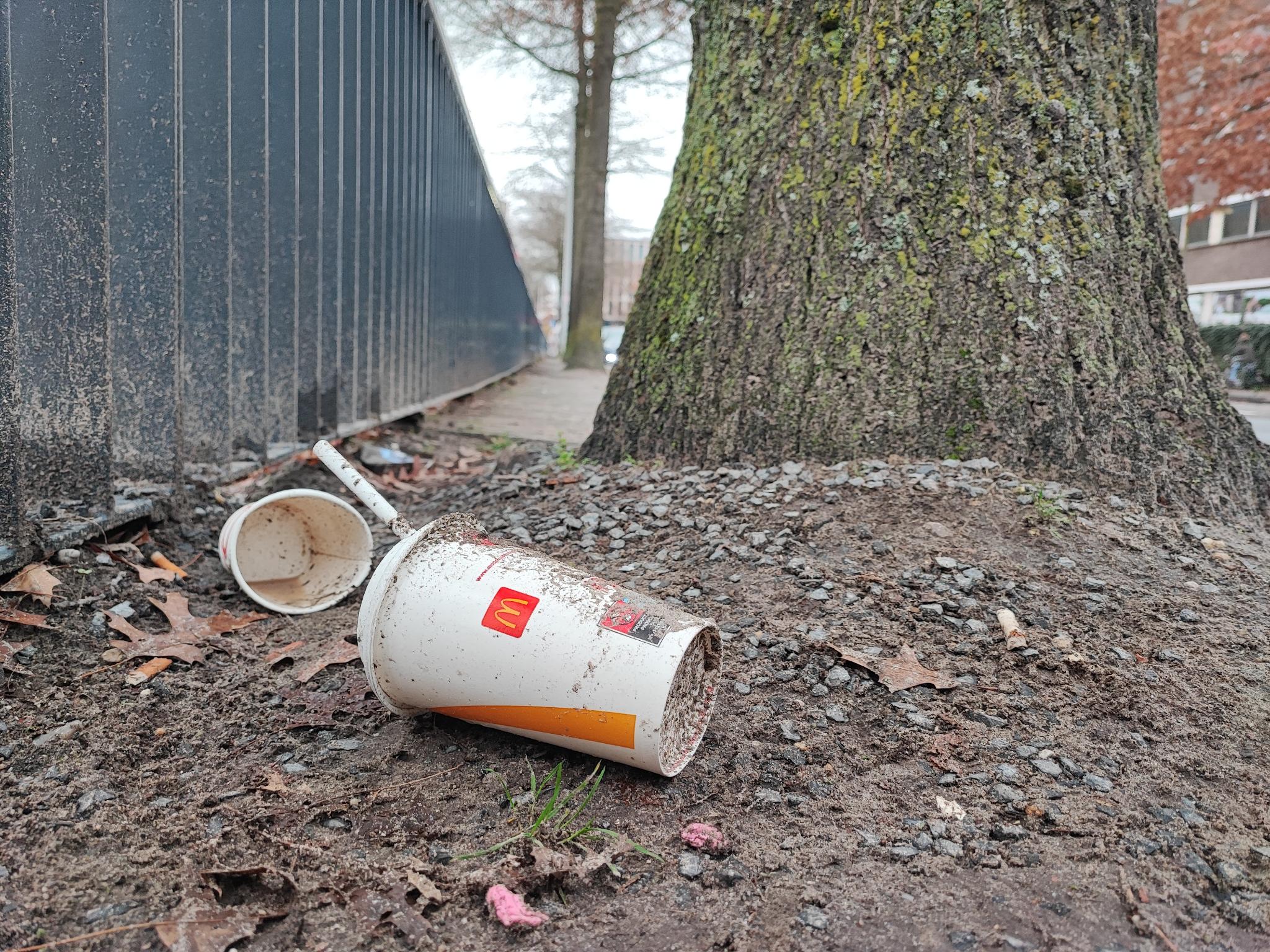
We call on Thierry Aartsen, State Secretary for Infrastructure and Water Management, to ensure clear and consistent legislation for all sectors, and proper enforcement. Only then can the transition from single-use to reuse truly be achieved. As the State Secretary himself noted during the most recent Parliamentary Debate on the Circular Economy, “it would be a shame” to go back to “paper cups.” It is therefore essential not to roll back existing reuse legislation, but to strengthen it (see our earlier proposals).
Companies that “have invested and want to move forward,” as Aartsen described them, need clear, consistent rules to build well-functioning reuse systems. Furthermore, enforcement is indispensable, and holding the most influential fast-food company, which is breaking the law, accountable would make a significant difference.
Finally, we call on McDonald’s to take responsibility and respect the law, stop resisting, and stop charging customers for prohibited single-use packaging. As market leader, McDonald’s sets the direction for the market. The company proudly claims haar ‘’schaalgrootte in om een positieve impact te maken“. to use its “scale to make a positive impact.” We can only welcome that: on the path toward reusable packaging.
Footnote
[1] Unless high-quality recycled rPET is used and recycled again (think of soft cups at festivals)↑
[2] We visited the following 12 restaurants to investigate the reuse system: Arnhem Station, Beestenmarkt (Leide), Coolsingel (Rotterdam), Donkersteeg (Leiden), Hazeldonk-Oost (Hazeldonk), Hoogstraat (Rotterdam), Lange Vie (Utrecht), Oudegracht (Utrecht), Persant Snoepweg (Leiderdorp), Rhijnhofweg (Oegstgeest), Rooseveltstraat (Leiden), Turfmarkt 95 (Den Haag)↑
Related Tags
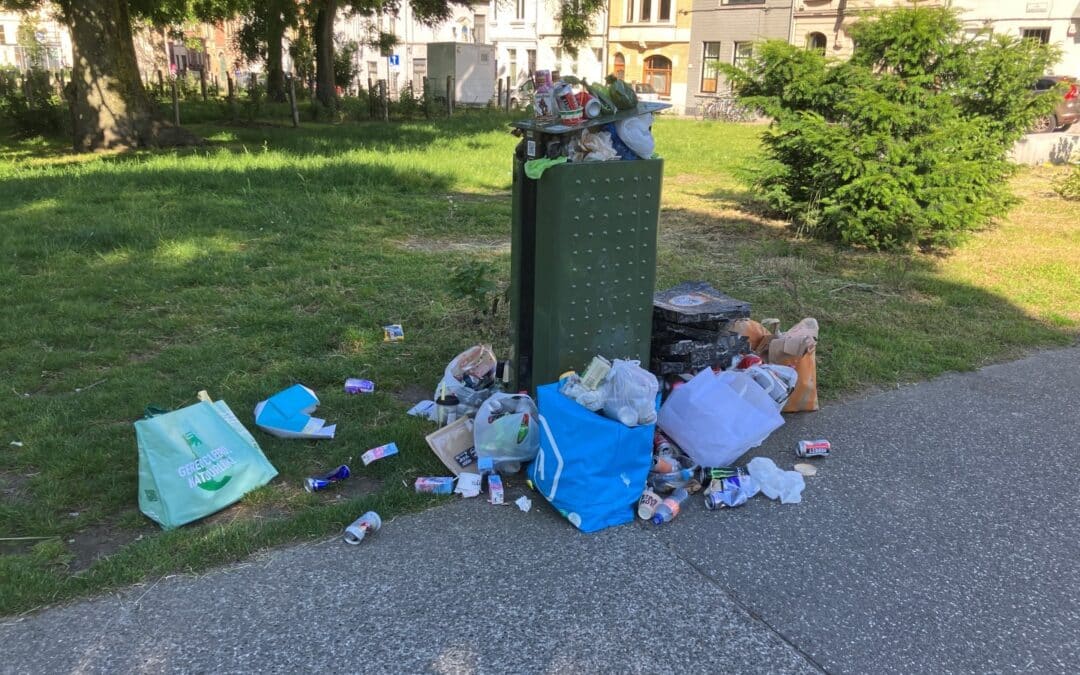
Belgian packaging industry already saved 465 million € in litter fees – at our expense
The Belgian packaging industry is outraged by the introduction of a new €102 million litter levy. But it conveniently forgets that its effective lobbying has already saved it no less than €465 million. This sum has been gained at the expense of local authorities and society. This levy is due to be approved today by the Walloon Council of Ministers. Fair Resource Foundation delves into the figures.
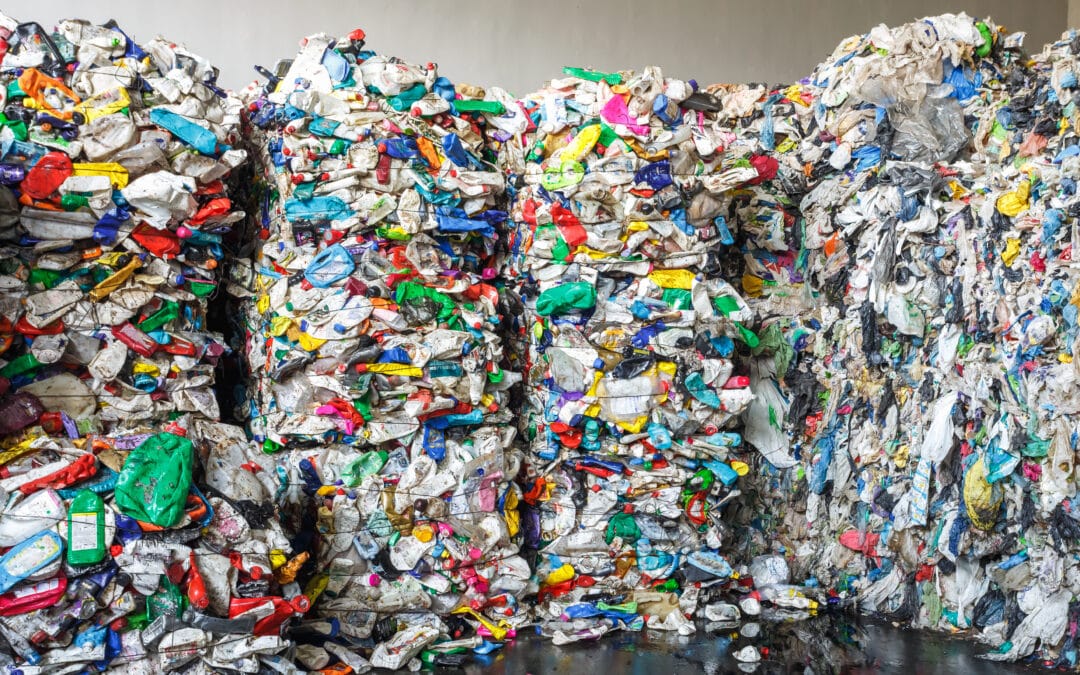
Why is The Netherlands a key player in the global plastic waste market?
Despite its small size, the Netherlands is one of the world’s largest exporters of plastic waste per capita. Thanks to the port of Rotterdam and a strong trading position, the Netherlands acts as an important transit country – even for shipments with shadowy origins and destinations. A lack of enforcement makes the system vulnerable to illegal exports, with waste often ending up in countries with weak environmental regulations. This article shows how the Netherlands unintentionally contributes to global environmental pollution and why stricter rules and more responsibility are crucial.
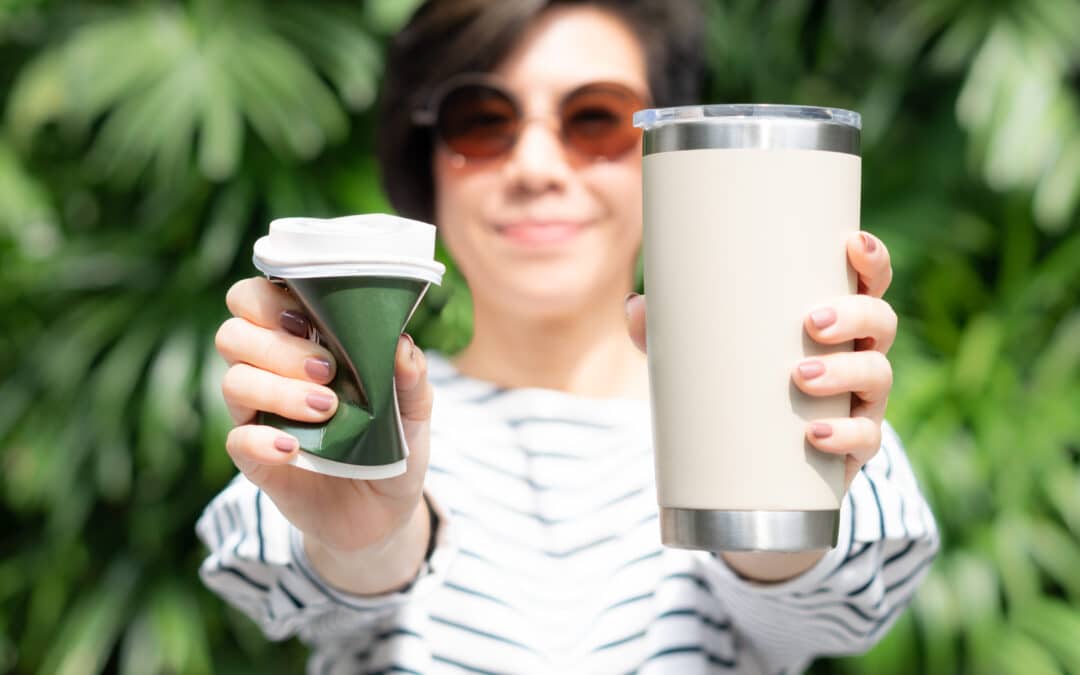
Packaging and Packaging Waste Regulation (PPWR) – an overview
The entry into force of the revised Packaging and Packaging Waste Regulation (PPWR) on February 11th 2025 brings large changes in the way packaging is managed in Europe. In this article, we give an overview of the main provisions of this Packaging regulation.

